Swiss Chard Care In Pots – How To Grow Swiss Chard In Containers
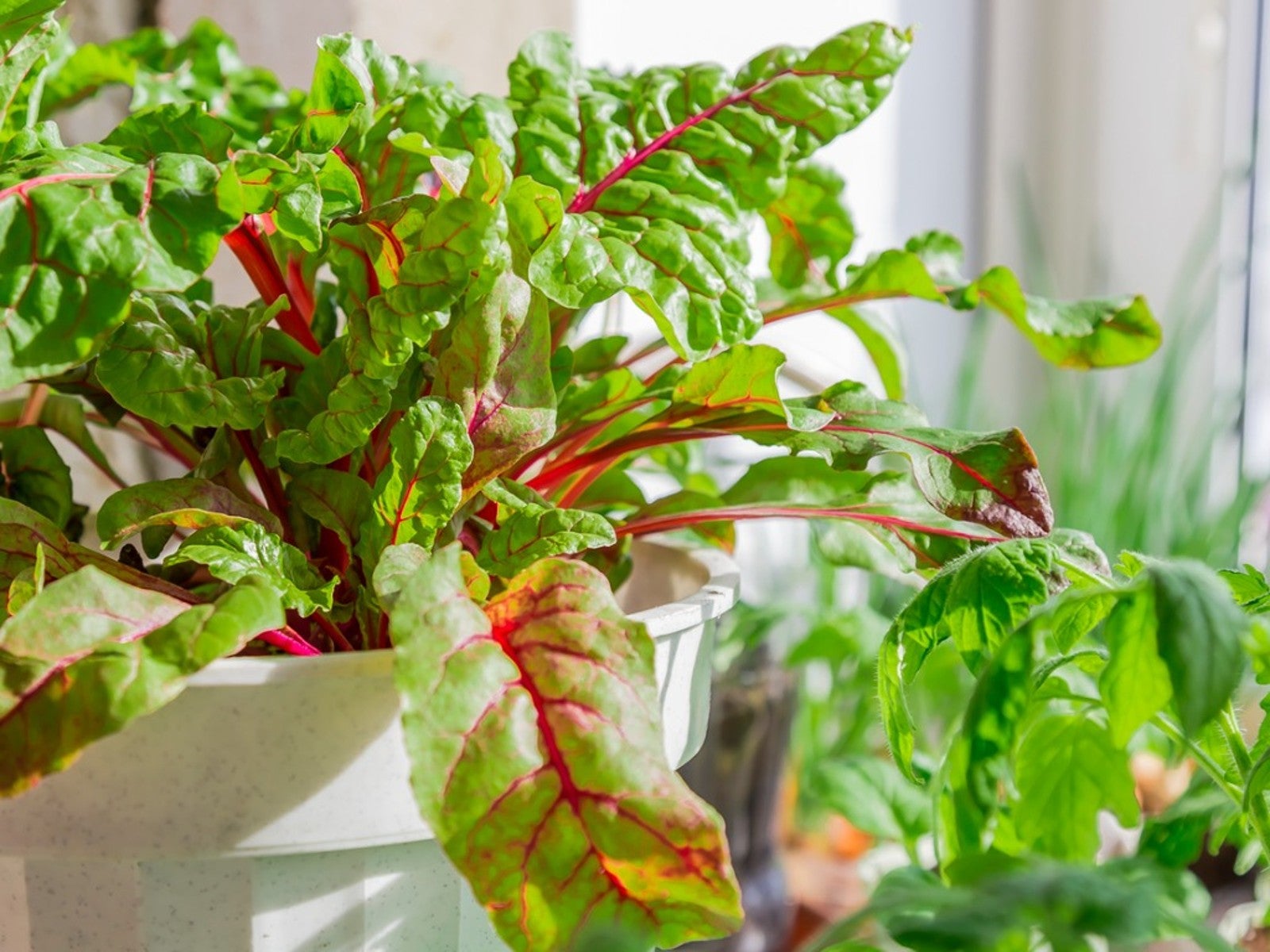
Swiss chard is not only delicious and nutritious but eminently ornamental. As such, planting Swiss chard in containers does double duty; it provides a showy backdrop for other plants and flowers and, since for most of us our seasonal color plantings are located near an entry to the home, makes for easy picking. Read on to find out how to grow Swiss chard in containers.
Growing Swiss Chard in a Pot
‘Bright Lights’ a cultivar awash with red, white, gold, yellow, violet, and orange hues was introduced to the market 20 years ago and since then other cultivars have been introduced. Among these is ‘Fordhook Giant’ a heat tolerant variety for those folks with warmer growing seasons. There’s also the brilliant ruby red ‘Rhubarb’ and brilliantly white types of Swiss chard. The plethora of colors available makes container gardening with Swiss chard a delight.
Swiss chard container gardening can be done with just chard or in combination with other plants. Swiss chard can also be grown in a pot indoors during the colder months for a constant supply of nutritious greens.
It is very easy to grow and tolerates poor soil, negligence on your part, and is frost hardy. Not only is Swiss chard beautiful, but it can be used fresh or cooked. The leaves make colorful stand-ins for spinach and the stalks can be cut up and cooked as you would asparagus.
How to Grow Swiss Chard in Containers
When planting Swiss chard in containers, the pot does not need to be too deep because the root system isn’t deep, but you do want to take into account the large leaves. You can buy transplants or sow your own seeds. If you sow your own seeds, they can be started quite early outdoors, as they thrive in cooler temps. If you want to get a jump start, start the seedlings indoors and then transplant them outside when temperatures begin to warm.
Sow the seeds ½ to an inch apart (1-2.5 cm.). Thin the seedlings to 2 to 3 inches (5-8 cm.) apart. Swiss chard is ready to be picked within four to six weeks. Harvest at this time or if you are growing the plant as an ornamental, leave the leaves until they wilt, turn brown, or are munched on by insects. At that time, remove the outer leaves. The inner leaves will continue to grow.
Swiss Chard Care in Pots
Swiss chard care in pots is fairly minimal since the plant is very resilient. It doesn’t mind being crowded and tolerates poor soil without any additional fertilizer. The plant also prefers a shaded location.
Gardening tips, videos, info and more delivered right to your inbox!
Sign up for the Gardening Know How newsletter today and receive a free copy of our e-book "How to Grow Delicious Tomatoes".
That said, like any plant, it will respond to additional nutrition. Swiss chard can get bitter when summer heat blazes, so be sure to give it plenty of water. Plants that are grown in pots need more watering than those in the garden, so keep an eye on them.

Amy Grant has been gardening for 30 years and writing for 15. A professional chef and caterer, Amy's area of expertise is culinary gardening.
-
 4 Superfast Composting Methods: Turn Waste Into Garden Gold In 30 Days Or Less
4 Superfast Composting Methods: Turn Waste Into Garden Gold In 30 Days Or LessTry the fastest composting methods to turbocharge your pile and transform kitchen scraps and garden waste into finished compost in just a few weeks.
By Mary Ellen Ellis
-
 Best Spider Plant Soil – Complete Soil Guide And Expert Tips For Keeping Plants Happy
Best Spider Plant Soil – Complete Soil Guide And Expert Tips For Keeping Plants HappySpider plants are fun and easy plants to grow, but what is the best soil for a spider plant? Selecting the right soil is important so they can thrive.
By Bonnie L. Grant
-
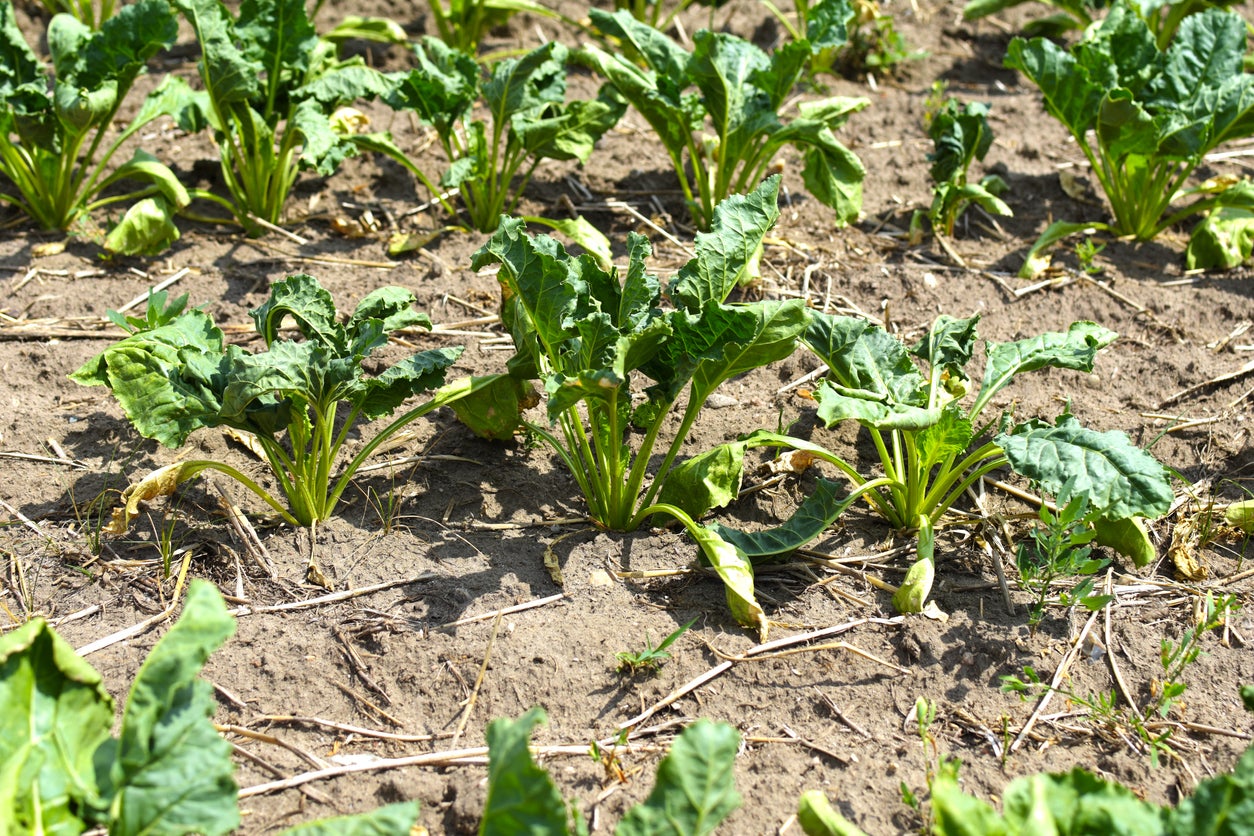 Wilting Swiss Chard Plants: Why Is My Swiss Chard Wilting
Wilting Swiss Chard Plants: Why Is My Swiss Chard WiltingSwiss chard is a great garden plant that's easy to grow and get a lot of success from, but like anything, it's not a guarantee. Sometimes you hit a snag, like wilting. Wilting is actually a really common problem, but it only has a few causes. Learn more here.
By Kristi Waterworth
-
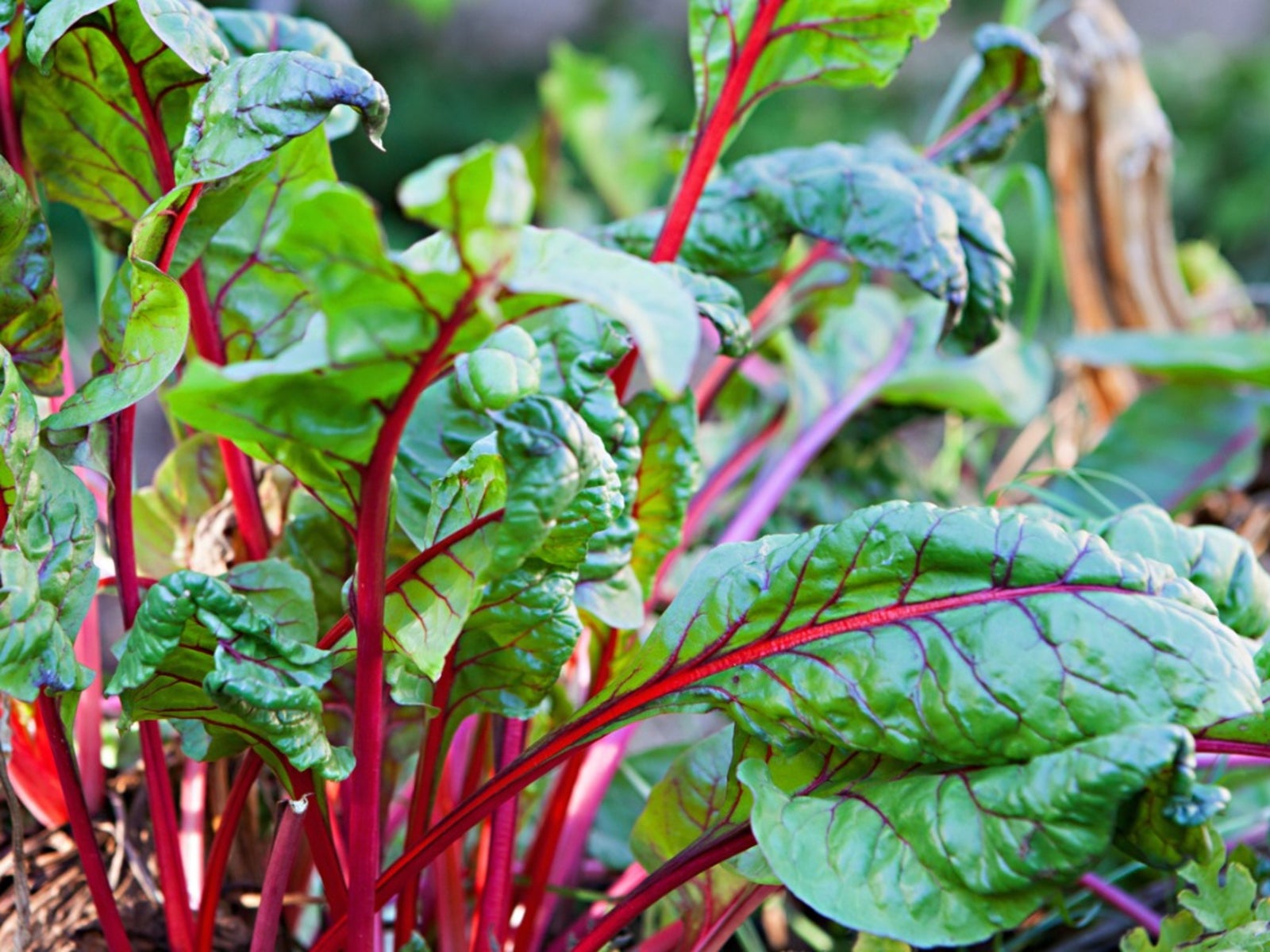 Why Did My Chard Bolt: What To Do With Bolted Chard Plants
Why Did My Chard Bolt: What To Do With Bolted Chard PlantsChard is a great addition to any vegetable garden. Not only is it pretty, but the leaves are tasty, versatile, and very good for you. Grown in the cooler seasons, chard typically won't bolt in summer. If you do have bolting chard plants, all is not lost. Learn more here.
By Mary Ellen Ellis
-
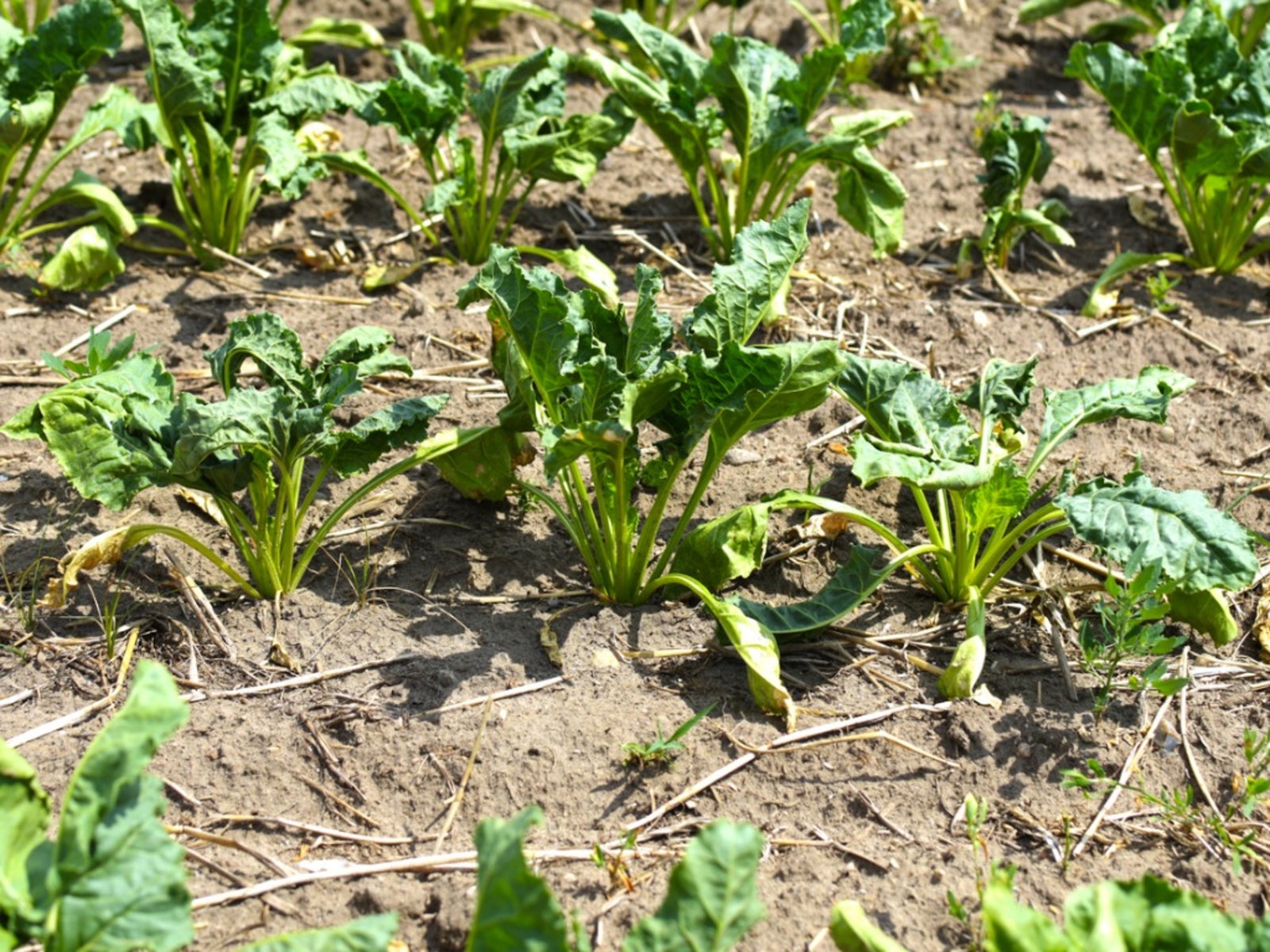 Sick Swiss Chard Plants: Identifying Signs Of Swiss Chard Disease
Sick Swiss Chard Plants: Identifying Signs Of Swiss Chard DiseaseSwiss chard diseases are not numerous, but just one of them can wipe out your crop for the year. But, if you know about these diseases and pests, you can take steps to prevent or treat them and save your harvest. Learn more in this article.
By Mary Ellen Ellis
-
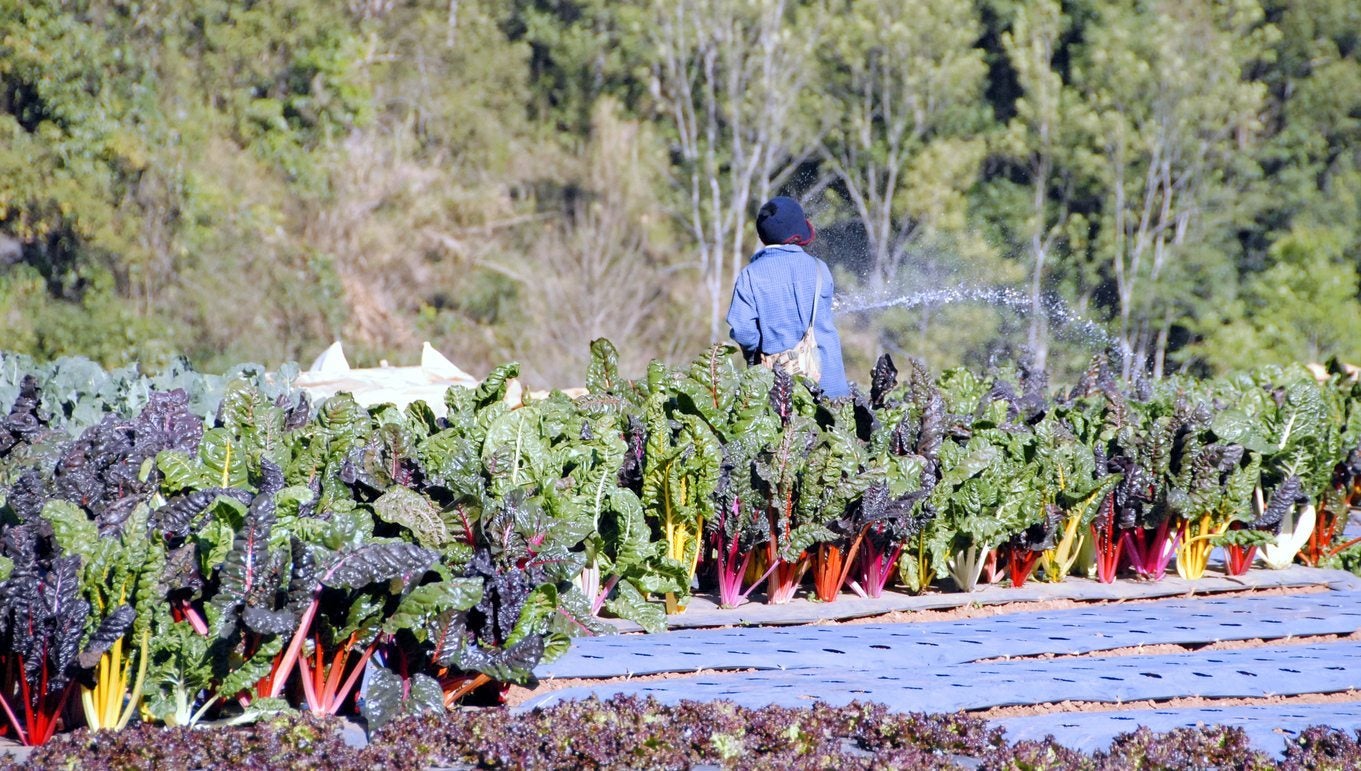 Cold Hardy Swiss Chard – Can Swiss Chard Grow In Winter
Cold Hardy Swiss Chard – Can Swiss Chard Grow In WinterSwiss chard not only grows well in the hot temperatures of summer, but it also tolerates frost. In fact, chard may actually taste better when it?s grown in cold weather. Click this article for information on caring for Swiss chard in winter.
By Ilana Goldowitz Jimenez
-
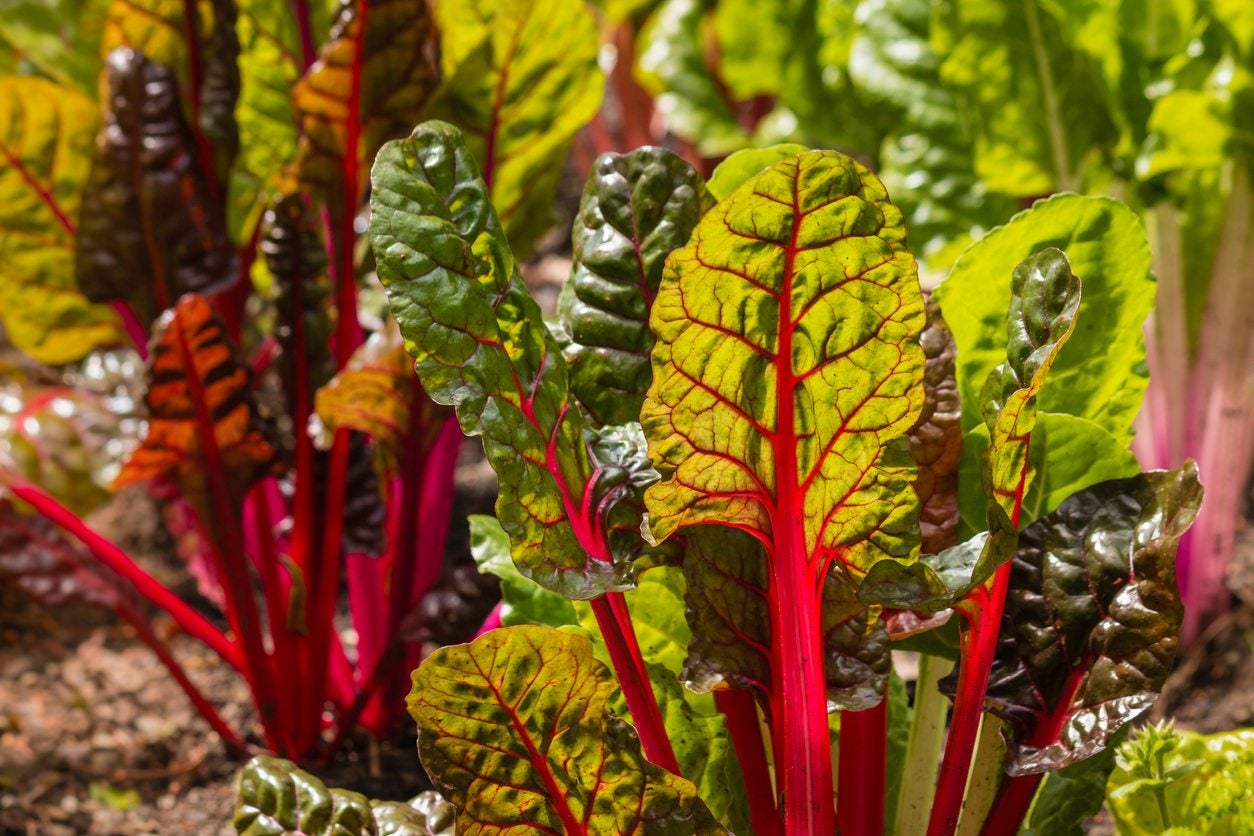 Swiss Chard Fall Planting: When To Plant Chard In Autumn
Swiss Chard Fall Planting: When To Plant Chard In AutumnGrowing Swiss chard in autumn allows you to get a final harvest since it is a cool season plant. In order to successfully get a harvest before the freezing weather comes, you have to know when to plant chard in autumn. This article will help with that.
By Bonnie L. Grant
-
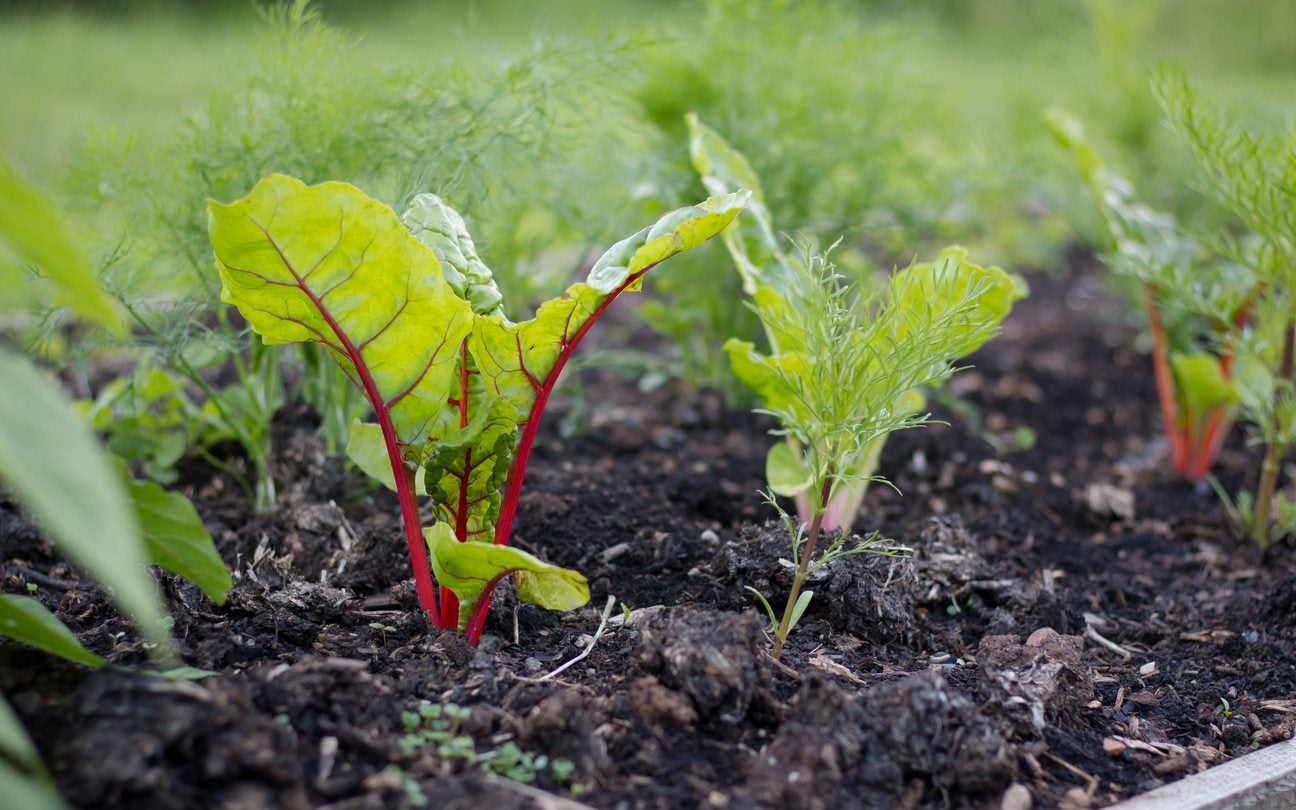 Swiss Chard Spring Planting: When To Plant Chard In Spring
Swiss Chard Spring Planting: When To Plant Chard In SpringSwiss chard can be planted early in spring or midsummer. Chard in summer can bolt and get bitter, though, so Swiss chard spring planting is one of the better times to sow and harvest this healthy, delicious plant. Learn more about spring planting chard here.
By Bonnie L. Grant
-
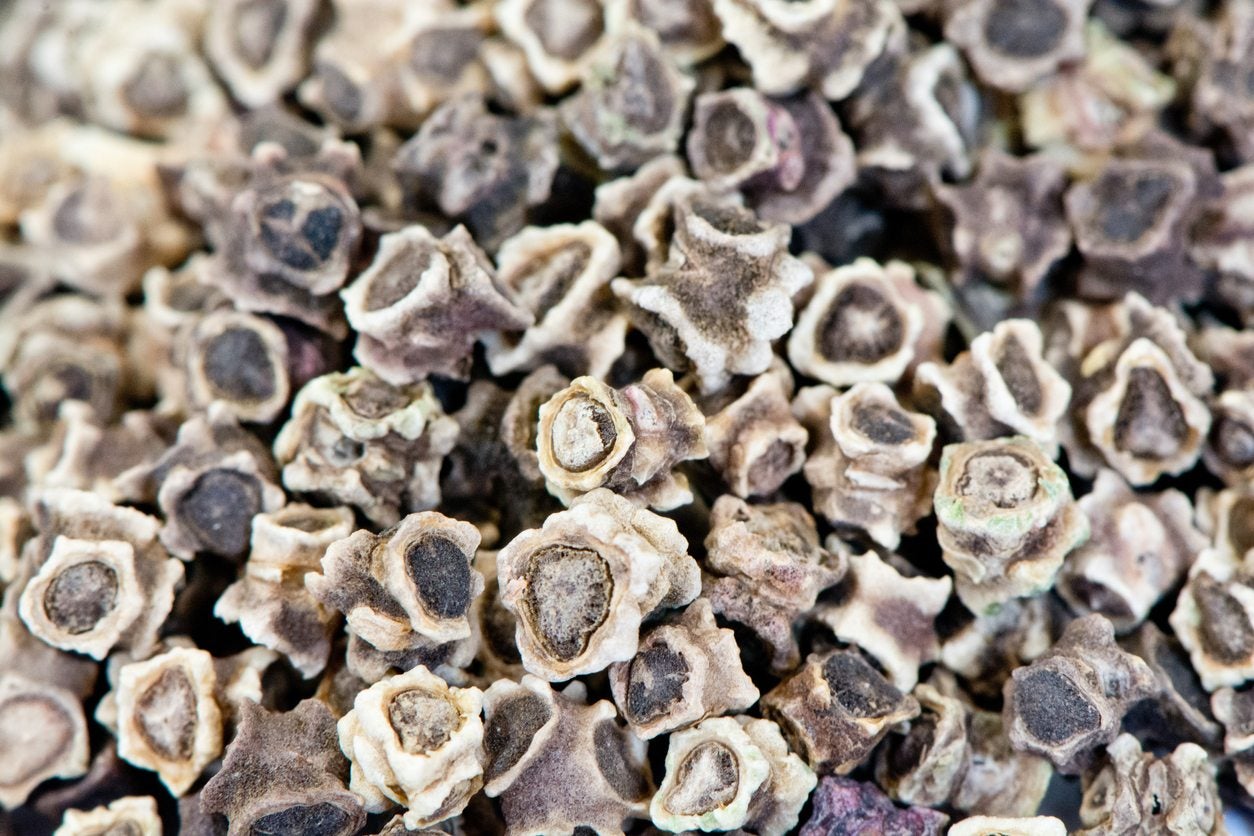 Swiss Chard Seed Care: How To Plant Swiss Chard Seeds
Swiss Chard Seed Care: How To Plant Swiss Chard SeedsChard can be started early in the spring and counted on not to bolt (usually) in the heat of summer. You can learn more about Swiss chard seed care and when to sow Swiss chard seeds in the article that follows. Click here for more information.
By Liz Baessler
-
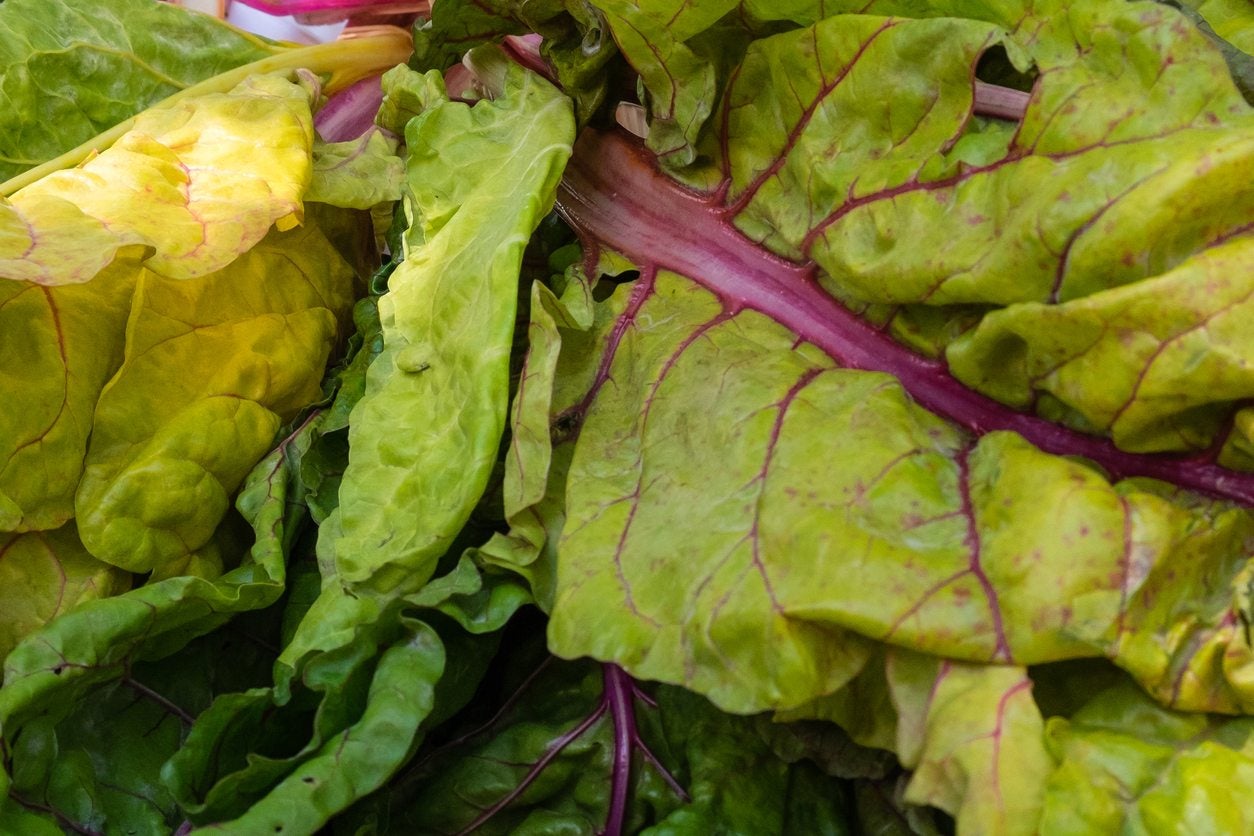 Trouble With Swiss Chard: Common Swiss Chard Diseases And Pests
Trouble With Swiss Chard: Common Swiss Chard Diseases And PestsSwiss chard is generally a trouble-free veggie, but this cousin to the beet plant can sometimes fall prey to certain pests and diseases. Click here to learn about common problems with Swiss chard, and explore solutions to save the plant.
By Mary H. Dyer